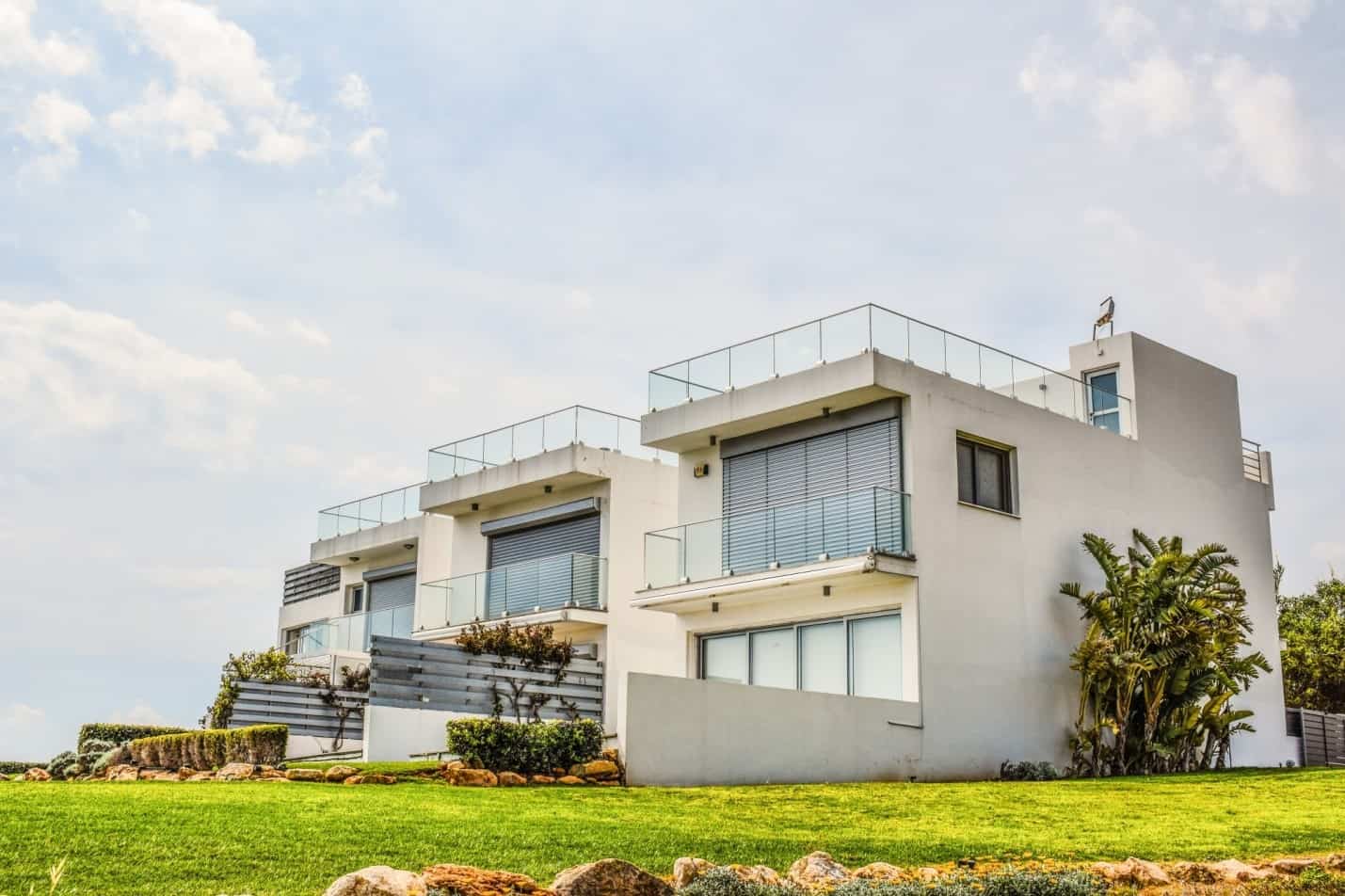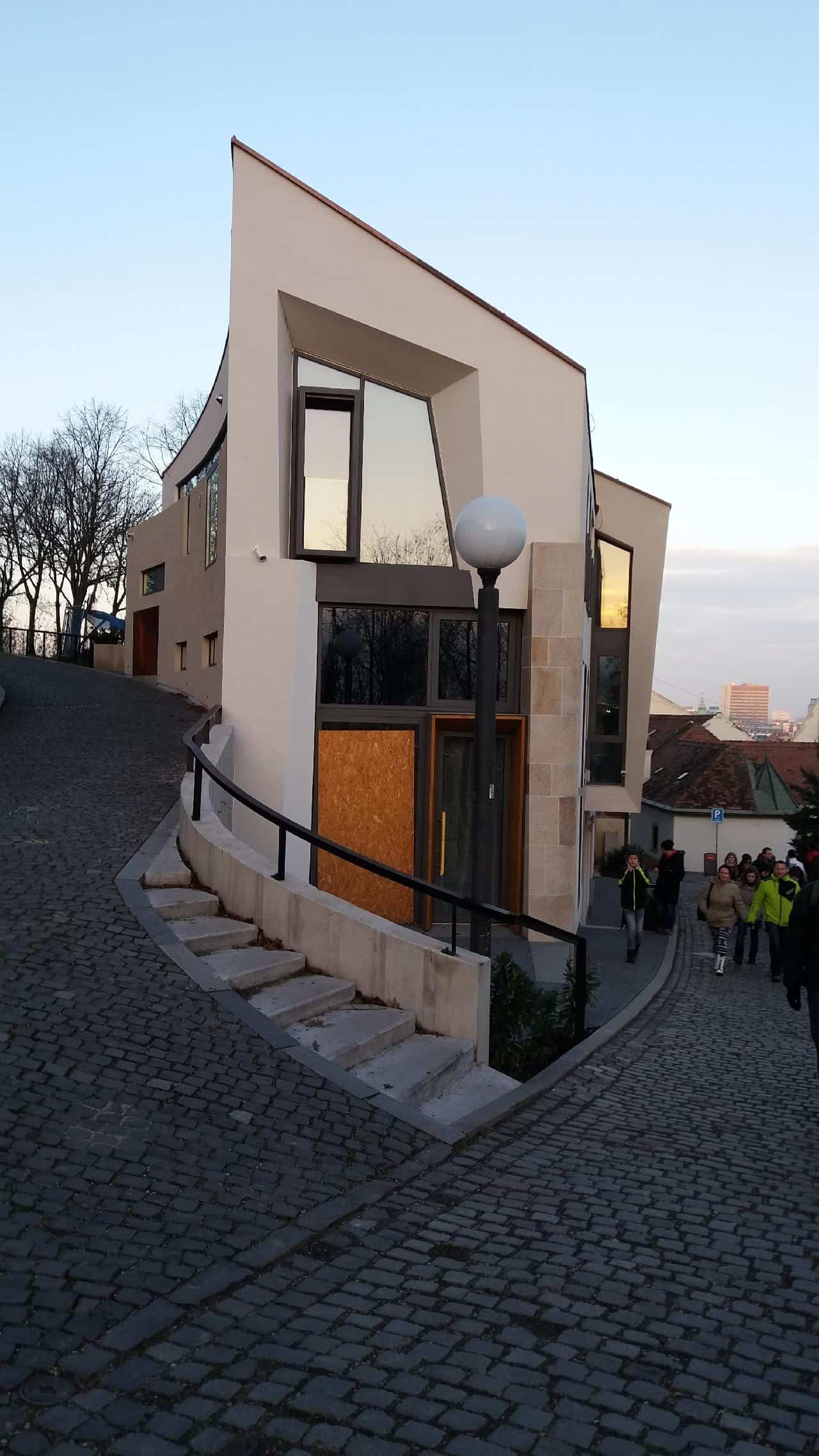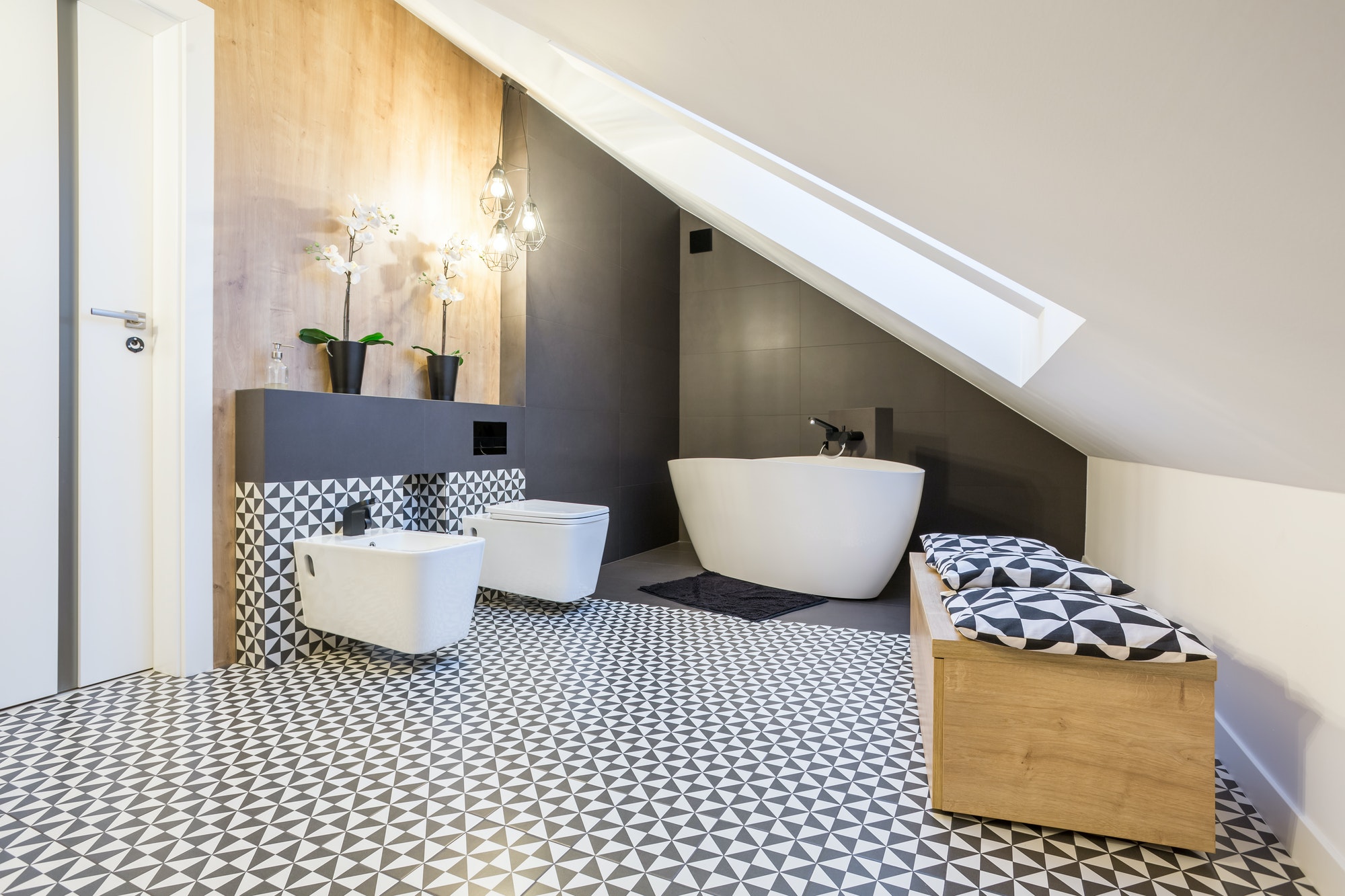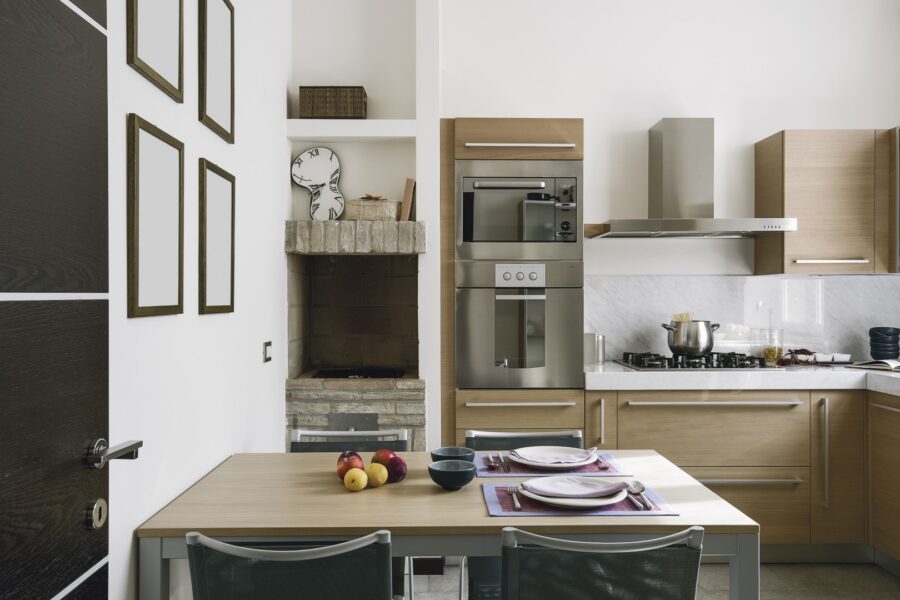Laurie Anderson said that technology is the campfire around which we tell our stories and we can see how true that statement is through its impact on residential architecture. The field has experienced a myriad of changes over the past few hundred years whereby construction ideologies used to come from the upper classes of society.
The lack of specialty in the field led to a growing need for construction professionals such as architects and urban planners. This gave rise to architects like Le Corbusier and Aldo Rossi who have made great contributions to the concept of construction as well as residential design. Today, trends in architecture and space design are influenced by factors such as technology, urbanization, art, innovation and so much more.
Technology has transformed everything including residential architecture. Beyond innovative solutions for the way architects design, the end result is changing. The following are 9 focus points through which technology has influenced residential architectural for the better.
- Construction Materials
Technology has facilitated the availability of a variety of construction material such as tiles, quartz, marble, and glass which have changed the outlook of residential architecture styles. Even non-standard materials like vegetables are being used to enhance the end product of a finished building. Engineers at Lancaster University discovered the ability of carrots to strengthen concrete mixtures in the construction of houses.
- Bigger Houses for Smaller Family Units
Everyone wants bigger living space as we all value our privacy and personal space. When house hunting, my first option naturally is my budget but the one thing that would make me compromise on going a bit over budget on an apartment or a house is space. Through the development of software such as Lumion and Sweet Home 3D, architects are able to design houses efficiently to create ample room for a small family.
- High Living and Health Standards
Case studies from people who have been affected by lifestyle diseases such as cancer and obesity have made people have the need to maintain healthy living conditions and high standards of living. This has led in a change of architecture trends with residential properties now having swimming pools and gyms so people can keep fit. Building designs have also improved with the aim of improving air quality through the presence of vegetation and the disassociation of toxic building materials such as asbestos.
- Highrise Multiple Dwelling
Urbanization has increased residential spaces within cities as people want to have easy access to jobs, good infrastructure, and public amenities. Previously, residential suburbs were located in separate locations but today, apartments in the heart of the city are common. The infill of the city has also resulted in the construction of highrise structures for multiple dwelling with smaller but well-designed homes in an attempt to economize on space available against the high demand.
- The Home Office
Work patterns have evolved too as a lot of people are now working from their homes due to the development of technology. Technology has facilitated activities such as teleconferencing and reduced the need for people to have an office as they can communicate through the internet and mobile phones. Due to this, the layout plan of many residentials now has a home office as a key selling point of the home.
- The Kitchen
Technology has seen the house kitchen become the focus of household activities. Previously, the living room was, but now almost everyone in the house owns a device that can entertain them in their own rooms such as TVs, computers, and cellphones. The common activity shared within a family house has shifted from watching TV in the living room to eating together at the dinner table.
The modern kitchen, therefore, has added features such as dining areas. For the spaces that cannot accommodate this, the result is an open plan kitchen that connects the kitchen space and family space. If you are having a hard time finding space to dine with your children try expanding your kitchen space or having the family space connected to the kitchen space.
- Outdoor Living
Yet another notable building trend in today’s architectural style is the landscape which is an integral part of the architecture home style. People want larger back and front yards and they want to have views into the outdoor areas.
For this reason, open space layouts with large rooms and glass walls have replaced formal structures. The patios and decks are large, with some people going the extra mile to have fully furnished outdoor theater rooms, hot tubs, state of the art grills and water features such as fountains that give homes a really amazing look.
- Technology Installation
Building trends and the fluid nature of technology in facilitating various activities in the home has seen in-fitted technology being a precursor for the purchase or the construction of any home. These include electrical infrastructure like wiring, sockets, and Wi-Fi to facilitate the use of laptops, smartphones, and TVs.
Water heating systems have become a decider for potential homeowners. Ideally, water heating systems need constant repair and require to contact a technician to conduct water heater repair. The world is moving to levels of technological advancements that will eliminate consumers that are not on the global web.
- Sustainability Issues with Residential Architecture
Architects are now keen to design homes with natural lighting and ventilation to reduce the need for day-lighting as well as air conditioning, therefore, saving on energy. They embrace smart systems like motion sensitive lighting systems on stairwells such as solar power as a renewable energy source.
From Tech-No to Tech-Yes
Architecture is a profession that is governed by change, and new ideas come up every passing day. We’ll probably have levitating houses or residential properties submerged in the ocean in the future. Seems a bit too crazy but if you think about it who would have thought five hundred years ago that the emergence of the skyscrapers we know as a norm today would be possible.
Technology has led to the rise of complex design tools that have in turn widened the scope of possibilities with regards to residential architecture. Check out our blog for more ideas and tips on how you can make the most out of your home.
Discover more from Futurist Architecture
Subscribe to get the latest posts sent to your email.




